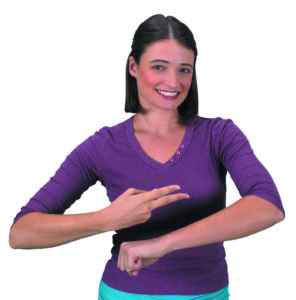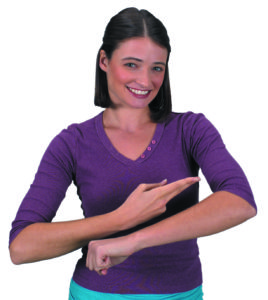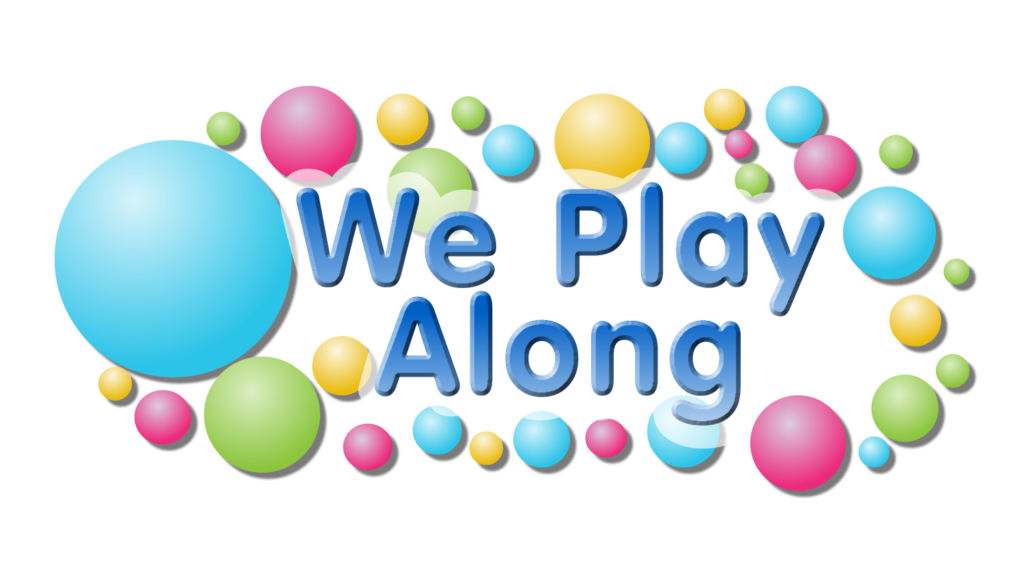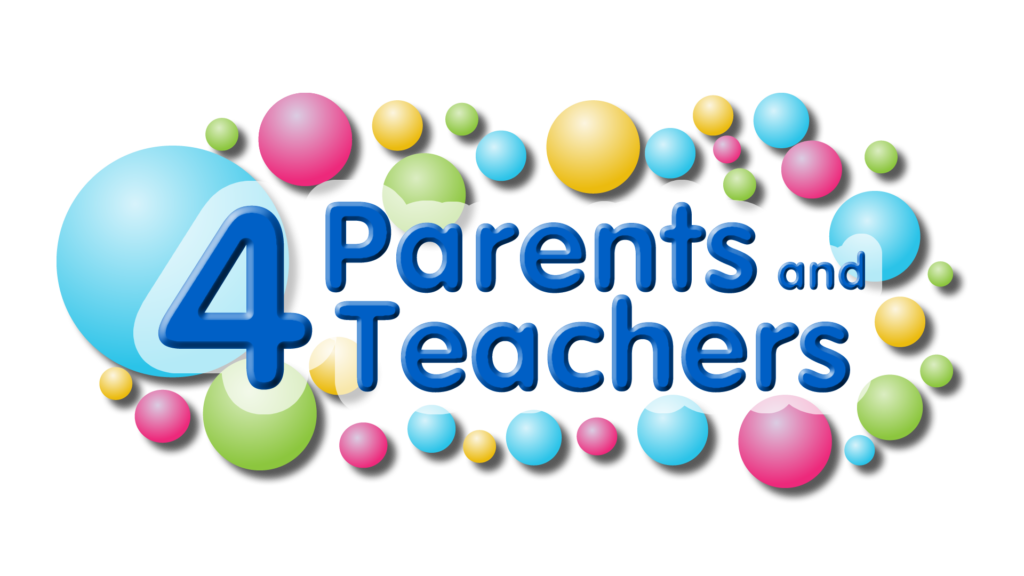
“Baa, Baa, Black Sheep” is the latest Mother Goose Nursery Rhyme featured on our We Play Along YouTube channel. Sing and sign along, with American Sign Language, to our Baa, Baa, Black Sheep Music Video or, if you want to learn the ASL signs first, watch our Baa, Baa, Black Sheep ASL Instruction Video.
Baa, Baa, Black Sheep nursery rhyme is one of the older Mother Goose Nursery rhymes dating back to around 1731. The melody was added later, borrowed from Twinkle, Twinkle Little Star, another ASL nursery rhyme song featured on our We Play Along YouTube Channel. The rhyme is thought to reflect the importance and value of sheep and the wool trade.
Signing “Baa, Baa, Black Sheep” with ASL demonstrates two major reasons for signing Mother Goose Nursery Rhymes with ASL. Multiple Intelligence’s and symbolic learning.
Signing “Baa, Baa, Black Sheep” with ASL demonstrates two major reasons for signing Mother Goose Nursery Rhymes with ASL. Multiple Intelligences and symbolic learning.
First.
The importance of Baa, Baa, Black Sheep, when signed with American Sign Language, to toddlers and preschoolers, can be demonstrated through the writings of Howard Gardner and his theories. Here is a section from our link to 4pat product page pgs 16-19.
His famous theory of…Multiple Intelligences named these intelligences:
- linguistic intelligence (verbal)—learning through speaking and listening
- logical mathematical intelligence—learning through logic and reason
- musical intelligence—learning through music, songs, rhythms, and melodies
- spatial intelligence (visual)—learning through seeing and reading
- bodily-kinesthetic intelligence (physical)—learning through movement
- interpersonal intelligence—learning with others
- intrapersonal intelligence—individual learning
- naturalist intelligence—learning through the environment
- existential intelligence—learning through reflective thinking
He was not sure about the last two intelligence’s, so he wrote that there were at least eight and one-half intelligence’s.
Signing and singing Mother Goose Nursery Rhymes, like Baa, Baa Black Sheep, clearly incorporate many of these intelligence’s, like linguistic, musical, spatial, and kinesthetic, all at the same time.
Gardner believed each of these intelligences worked independently from the others. He assumed everyone possessed all of the intelligence’s. Further, he was certain that no two people had the same profile of intelligence’s. He found public schools in the United States were focusing on the first two intelligence’s, linguistic and logical mathematical, and in large measure ignoring the other intelligence’s. According to Gardner, this was a mistake as the intelligence’s being ignored were the best ways to engage some children.
In Gardner’s more recent writings he writes that he always emphasized his list of intelligence’s as provisional and continues to believe that they “arise from the combination of a person’s genetic heritage and life conditions in a given culture and era.”
Gardner continues to believe that we each have different kinds of minds because each individual assembles his or her mind in a unique configuration. He acknowledges that what he knew as cognitive science has merged with the study of the brain and what he named as interpersonal intelligence and intrapersonal intelligence is now known as emotional intelligence.
Why is Gardner’s work relevant when we look at the value of using sign language with your toddler or preschooler? Signing opens a window to a toddler’s phase of development that fits well with Gardner’s espoused beliefs. Two specific facets of learning he has written about extensively apply to signing. The first of these is symbols and objects.
Symbols and Objects
On this topic, Gardner writes an entire chapter, “Knowing the World through Symbols,” in his book The Unschooled Mind: How Children Think and How Schools Should Teach. He recalls how the life of the blind and deaf writer Helen Keller was dramatically changed when she gained the capacity to name objects. He explains how this ability opens up an entire universe of meaning, not only for Helen Keller, but for any young child.

Fleece: Hold your hand like a claw, with the palm facing in, near your shoulder. Tap it a few times to represent/symbolize the wool of a sheep or lamb.
Naming objects allows a toddler to begin to classify and place items in categories. The child progresses and soon can identify both common and differentiating features of objects. Gardner considers naming and classifying to be the central aspects of language acquisition. Once a child acquires this ability, it becomes an indispensable cognitive tool necessary for further language production.
Gardner deems the toddler through preschool years as the symbolic period in a child’s life. Throughout the world competence in understanding and using symbols is a universal achievement during this period of a child’s development. Spoken language is the primary symbol system considered; however, symbols communicated in gestures, pictures, clay, blocks, and toys all add to a toddler’s knowledge of the world.
A toddler’s main job is to gain, as Piaget called it, “symbolic mastery.” Achieving this developmental milestone is significant, as it influences all of a child’s future learning.


Sheep / Lamb: Hold your left hand flat with our arm across your body. Make the letter V with your right hand, palm up, and open and close your extended fingers as you move them up your arm from the hand to the elbow (as if you are cutting the wool off a sheep).
Sign language, because it forms what many have named “word pictures,” is useful for capturing the meaning of words. When a toddler is offered this additional visual symbol to augment the sound of a spoken word or the object itself, language acquisition is accelerated. Naming objects and learning language is greatly facilitated when sign language is incorporated into a toddler’s life.
When you sign ASL with Baa, Baa, Black Sheep you are teaching with word pictures made with your hands while encouraging children to learn using a variety of Multiple Intelligences and through the use of symbols, all at the same time. That’s why signing has proven itself to be such a powerful learning tool for all children.

We Play Along and so can you! It’s easy and our channel is designed to help parents, teachers, early childhood professionals and caregivers to not only see how songs with ASL and actions are performed, but also to have instructional segments that will teach you the signs, movements, and tips for using and presenting these songs to children.
Join our Facebook discussions. Become part of the dialog on the importance of ASL and action songs are for children, for early learning, and for everyday playful fun.
Visit 4parentsandteachers to see the many great products, DVDs, CDs, and books, that will help you and your children use American Sign Language and interactive songs every day.

